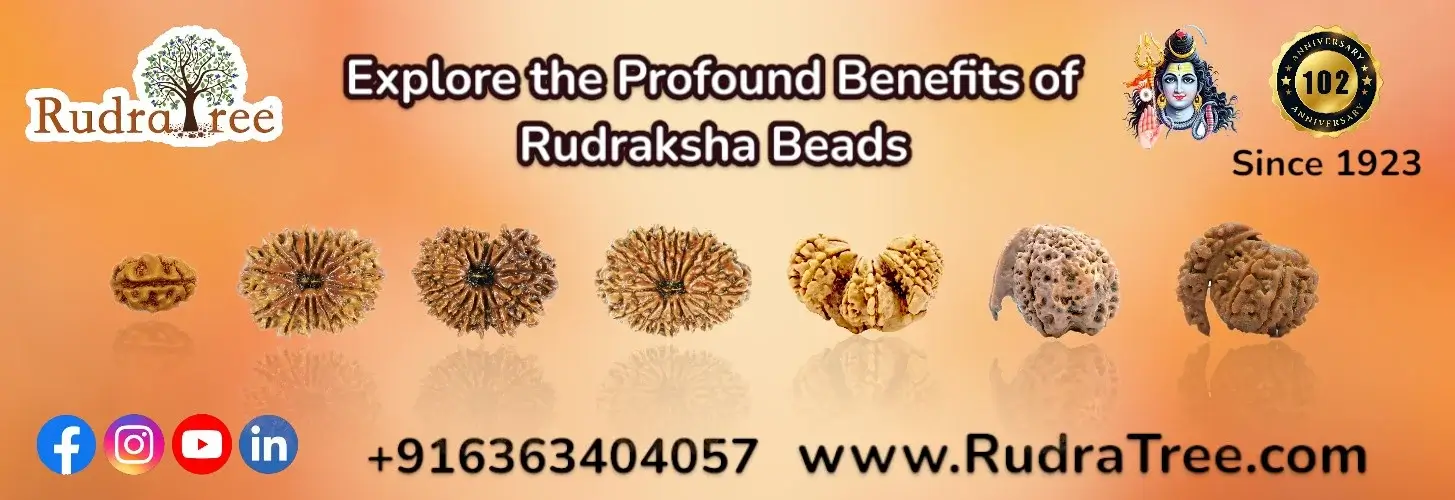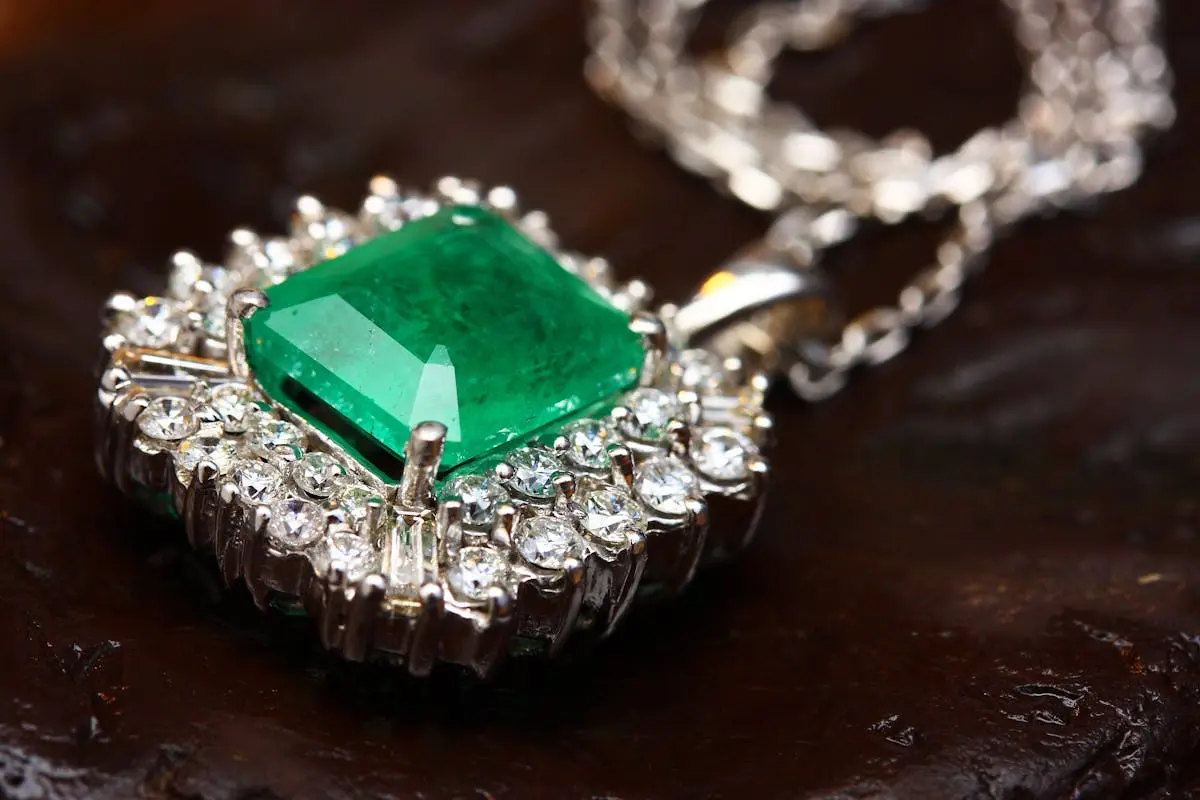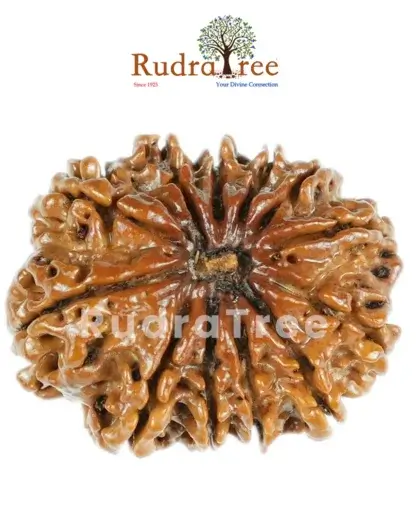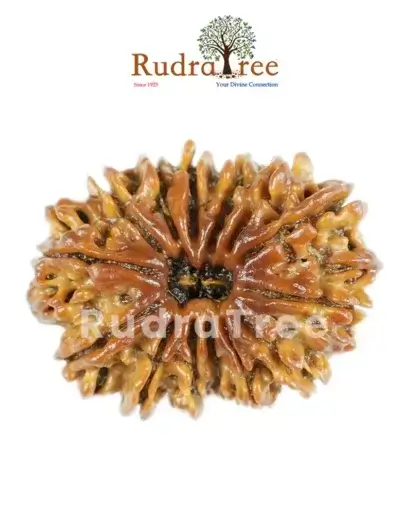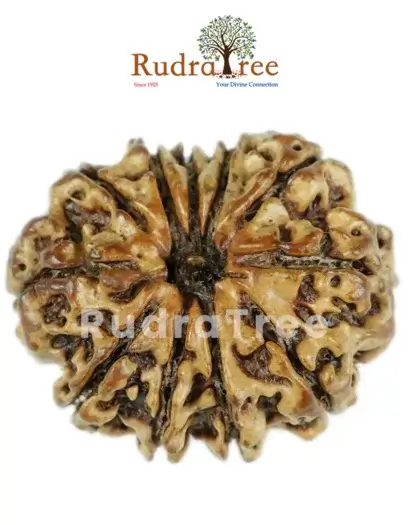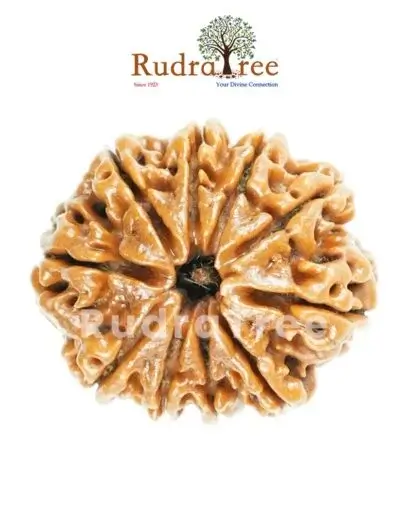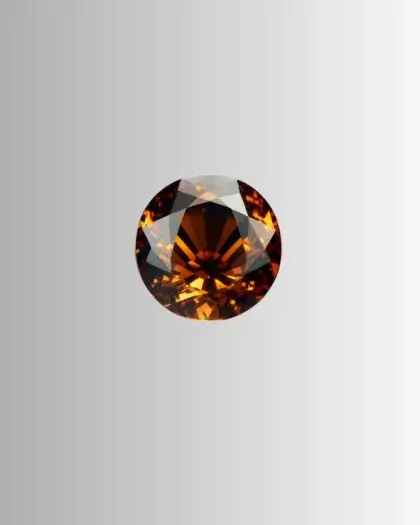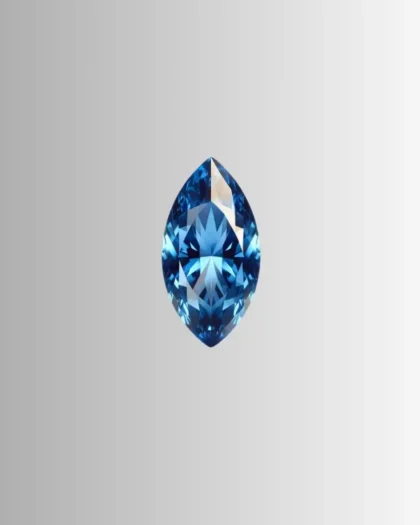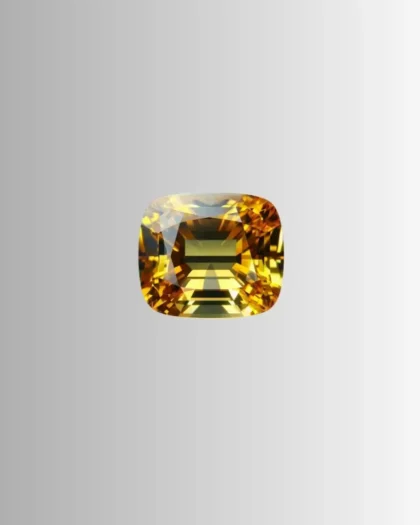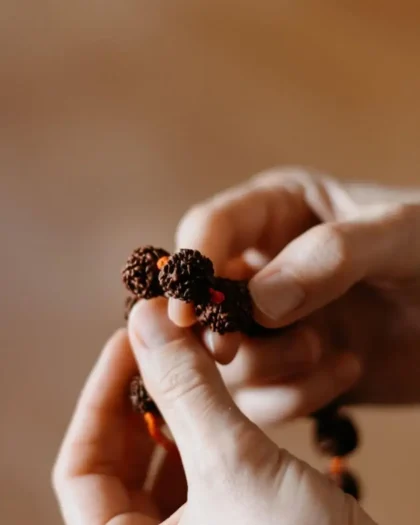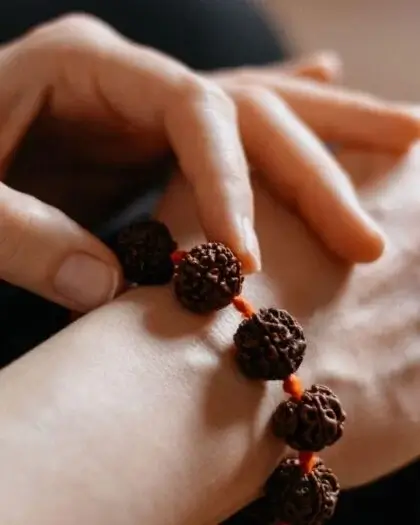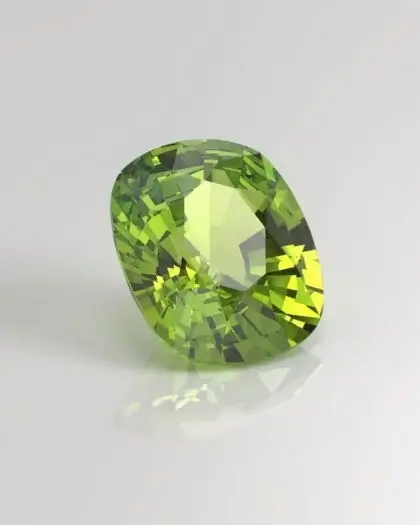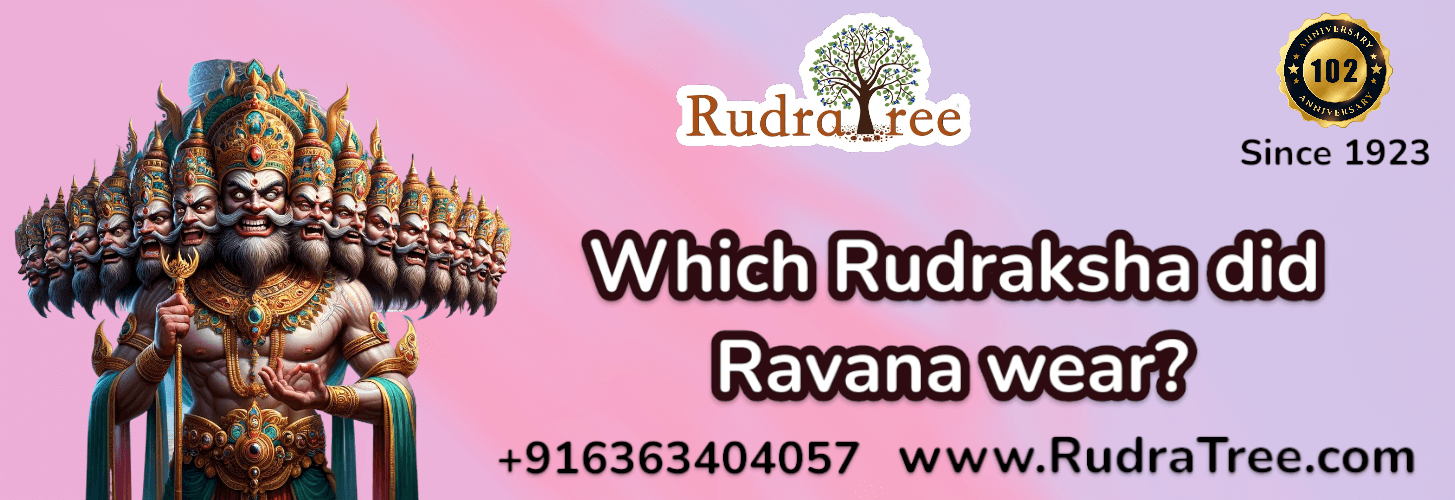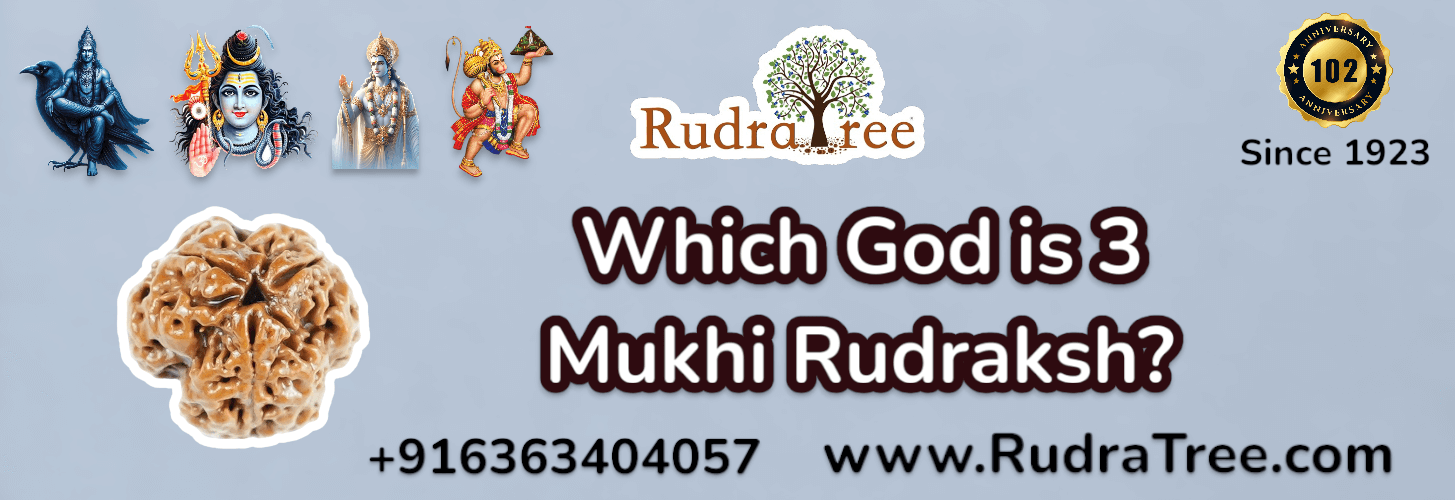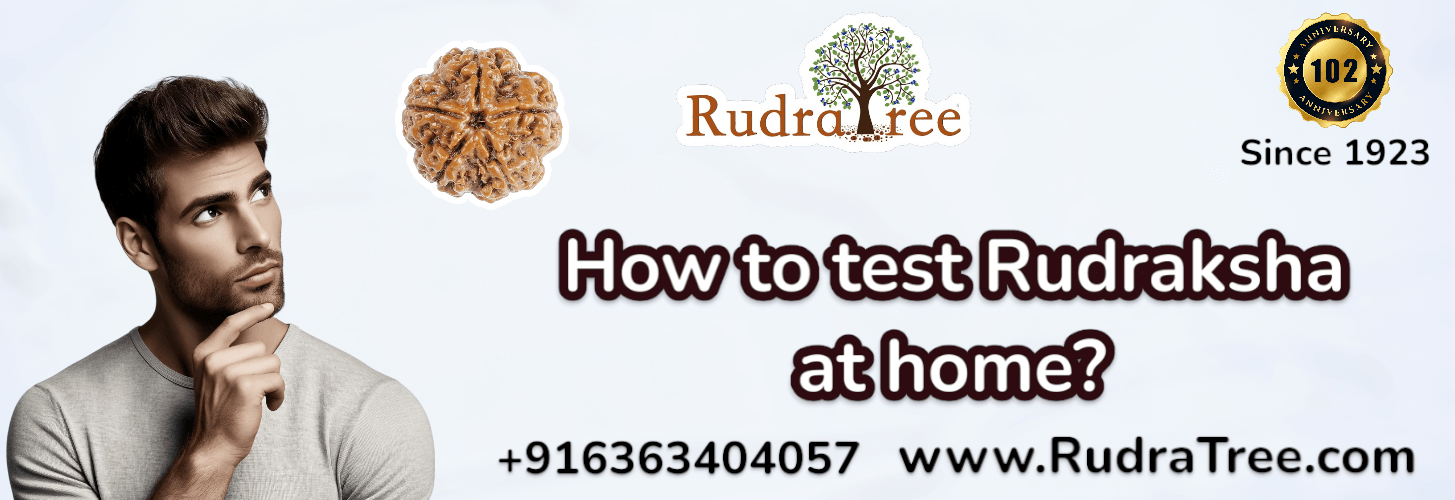
Navigating the World of Certified Gemstones: Tips for First-Time Buyers
Introduction to Certified Gemstones
When you decide to buy a gemstone, you’re not just buying a pretty rock. You’re entering a world filled with beauty, rarity, and sometimes, a bit of mystery. Certified gemstones are those that have been evaluated, tested, and verified by a professional gemological laboratory. They come with a report or certificate that details their characteristics such as type, size, color, cut, and clarity. Think of this certificate as a gemstone’s ID card. It’s a mark of authenticity that tells you you’re getting the real deal. Why does this matter? Well, in the gem world, there’s a lot of talk about synthetic or treated stones. These are not the same as natural, earth-mined gems. A certification reassures you that what you’re buying matches the seller’s claims. Remember, the value of a gemstone is determined by its rarity and quality. Certified gemstones may cost a bit more upfront, but think of it as investing in peace of mind. You know exactly what you’re getting, and that’s worth every penny.
Why Opt for Certified Gemstones?
Opting for certified gemstones is like choosing a guaranteed quality. When a gemstone is certified, it means it has been analyzed and graded by a reputable lab. This process confirms the gem’s authenticity, quality, and sometimes even its origin. Here’s the thing, not all that sparkles is precious. The market is flooded with fakes that can fool even the sharpest eye. That’s where certification comes in as your shield. It assures you’re getting what you’re paying for – no tricks, just genuine stones. Think of it as a solid handshake; a certified gemstone is a deal backed by trust and verification. Whether it’s a sapphire, ruby, or any other gem, a certificate outlines crucial details like cut, color, clarity, and carat weight. This doesn’t just protect your investment but also boosts its value. And when you decide to pass it on or sell, that piece of paper can make a world of difference. So, in a nutshell, certified gemstones bring confidence to your purchase, enhancing both its tangible and intangible worth.
Understanding Gemstone Certification
When stepping into the realm of gemstone buying, knowing what gemstone certification is and why it matters is crucial. In simple terms, a gemstone certificate is a seal of authenticity and quality. It tells you that the gem you are about to spend on is worth every penny. Think of it as a fact sheet that details everything from the gem’s origin, color, clarity, cut, and carat weight. This document is not just any piece of paper; it’s your assurance from a reputable lab that you’re getting the real deal. Why does this matter? Because the market is flooded with fakes and treated stones that might look like the real thing but don’t hold the same value or beauty. Always ask for a certificate when buying a gemstone. Without it, you’re navigating a minefield blindfolded. Trust me, you don’t want to spend your hard-earned money on what turns out to be a glorified piece of glass.
Tips for Identifying Authentic Certifications
When you’re stepping into the world of gemstones, knowing if you’re getting the real deal is crucial. Certified gemstones mean they’ve been analyzed and vetted by experts. Now, how can you tell if the certification is authentic? First off, look for certifications from reputable organizations. Names to trust include the Gemological Institute of America (GIA), the American Gem Society (AGS), and the International Gemological Institute (IGI). These folks are the gold standard in the gem world. Also, real certifications come with detailed reports. They talk about the stone’s type, size, color, clarity, and any treatments it’s had. If a seller shows you a certificate that’s vague or lacks details, it’s a red flag. Finally, feel free to verify. Most top-tier institutes allow you to check the credentials of your gemstone on their websites. Just punch in the report number. If the details match, you’re golden. If not, question marks should start popping up. Remember, real gems come with proof. Don’t shy away from asking questions. It’s your right as a buyer.
The Importance of Choosing the Right Vendor
Choosing the right vendor Like RudraTree Rudraksha and Gemstones who are 102 years in the business is crucial when buying certified gemstones. Think of it this way: would you buy a luxury car from a sketchy lot? No, right? The same goes for gemstones. A reputable vendor not only offers you quality but also ensures authenticity. Here’s the deal – a reliable seller provides proof of certification. This means the gemstone is legit, and its quality is verified. But that’s not all. A trusted vendor often has a good return policy, just in case the stone doesn’t meet your expectations. Plus, they know their stuff. They can teach you about the stone’s origin, its care, and even its history. Bottom line: Choosing the right vendor means peace of mind, quality assurance, and a bang for your buck. Stick with reputable names and always ask for certification proof. Your gemstone journey starts with the right seller.
Factors to Consider When Buying Certified Gemstones
When diving into the glitzy world of certified gemstones, there are a few key points to keep handy. First, know the 4 Cs: Color, Clarity, Cut, and Carat weight. These elements decide how much a gemstone sparkles, its purity, shape, and size, directly affecting its value. Look for a reliable certification, like from the GIA (Gemological Institute of America), ensuring the stone’s authenticity and quality. Research the seller’s reputation to avoid scams. Prices can swing wildly based on rarity and demand, so set a budget. Finally, understand that each gemstone carries different care and durability standards. By keeping these factors in mind, you’re setting yourself up for a smart, satisfying purchase.
Decoding the 4Cs of Gemstone Quality
When stepping into the shimmering world of gemstones, mastering the 4Cs is like unlocking a secret map. These are Color, Clarity, Cut, and Carat weight, and they’re your best buddies in determining a gemstone’s worth. Color is king in this realm. The more vivid and uniform the color, the higher the stone’s value. Next up is Clarity. This talks about the imperfections or inclusions inside the gem. Fewer inclusions mean a better gem. However, some gems like emeralds are naturally included, so don’t sweat it if you spot some. Cut is all about the gemstone’s shape and how well it’s been carved to dazzle under the light. A skillful cut can make colors pop and hide flaws. Lastly, Carat weight measures how big a stone is. Bigger can be better but remember, size doesn’t outshine poor color or clarity. Keep these 4Cs in mind, and you’ll navigate the gemstone market like a pro.
How to Care for Your Certified Gemstones
Caring for certified gemstones isn’t just about keeping them sparkly; it’s about protecting your investment. First things first, always handle your gemstones with care. Avoid exposing them to harsh chemicals or rough activities. You wouldn’t take a diamond for a dip in the chlorine pool, right? Here’s a simple care routine: wipe them with a soft, lint-free cloth after wearing. This removes any oils or dirt and keeps them looking their best.
For deeper cleaning, a bit of warm, soapy water and that soft cloth will do. Just make sure to rinse well and dry thoroughly. And here’s a pro tip: Certain stones, like pearls and opals, are more delicate. They need gentler care, so maybe lay off the soap and stick to a plain water rinse for these.
Now, when it comes to storing your gemstones, don’t just toss them in a drawer. Keep them separated to avoid scratches – individual soft cloth pouches or a jewelry box with dividers are your best bets.
Lastly, an annual check-up isn’t just for your health; it applies to gemstones, too. A jeweler can spot any damage or wear and give them a professional clean, ensuring they remain in top condition. Remember, taking care of your certified gemstones means they’ll keep their sparkle and value for years to come.
Common Mistakes to Avoid as a First-Time Buyer
When diving into the realm of certified gemstones, it’s easy to stumble. First-time buyers often make mistakes that can be costly. Avoid these common slip-ups to make a smarter investment. One, not doing enough research. Gemstones are complex. Dive into their world before buying. Understand what makes a stone valuable and learn about the certifications. Two, falling for too-good-to-be-true deals. If a deal feels off, it probably is. Quality gemstones aren’t cheap. Three, ignoring the certification. A certified gemstone means it’s been evaluated for authenticity and quality. Always ask for and verify the certification. Four, not checking the seller’s reputation. Buy from reputable, well-reviewed sellers. Personal recommendations count too. Avoiding these errors can save you not just money, but also ensure you own a gemstone you can be proud of.
Conclusion: Making Your First Certified Gemstone Purchase
Stepping into the world of certified gemstones is thrilling but can feel overwhelming for beginners. Remember, choosing a certified gemstone means you’re investing in quality and authenticity. Before you make your first purchase, always research. Understand the type of gemstone you want, its typical market value, and the certification process it undergoes. Don’t rush. Compare options from reputable sellers and ask for certification details to ensure authenticity. Remember, a genuine dealer is always transparent about their gemstones’ origins and certifications. Your first certified gemstone purchase marks the start of a sophisticated and possibly lifelong journey of collecting these treasures. Go into it informed, with confidence, and excitement.

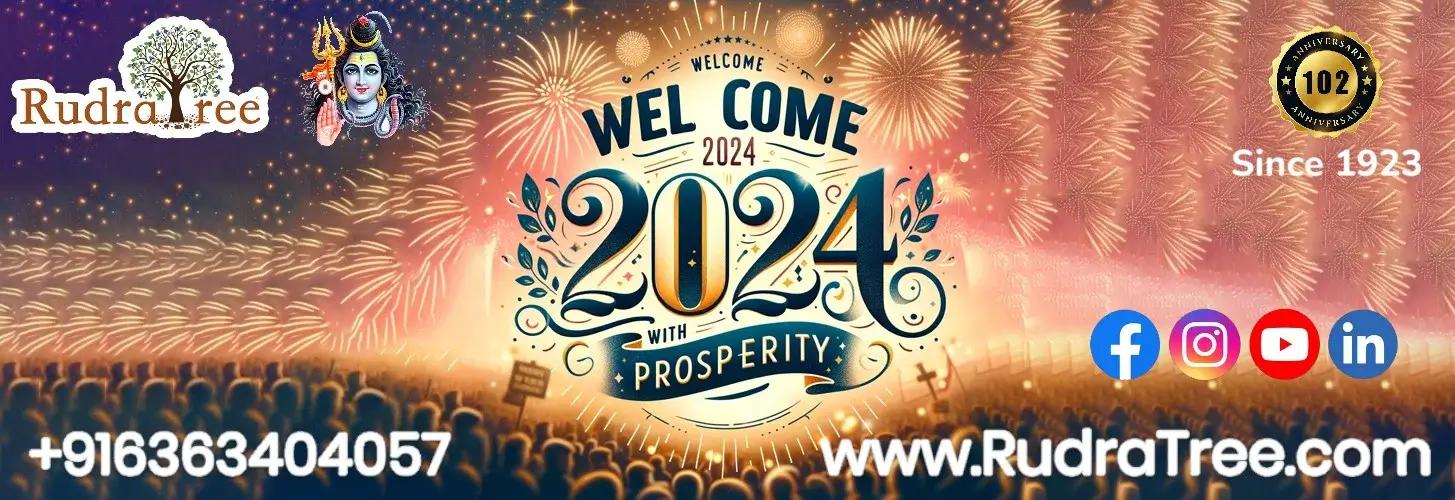
Welcome 2024 with Prosperity- RudraTree
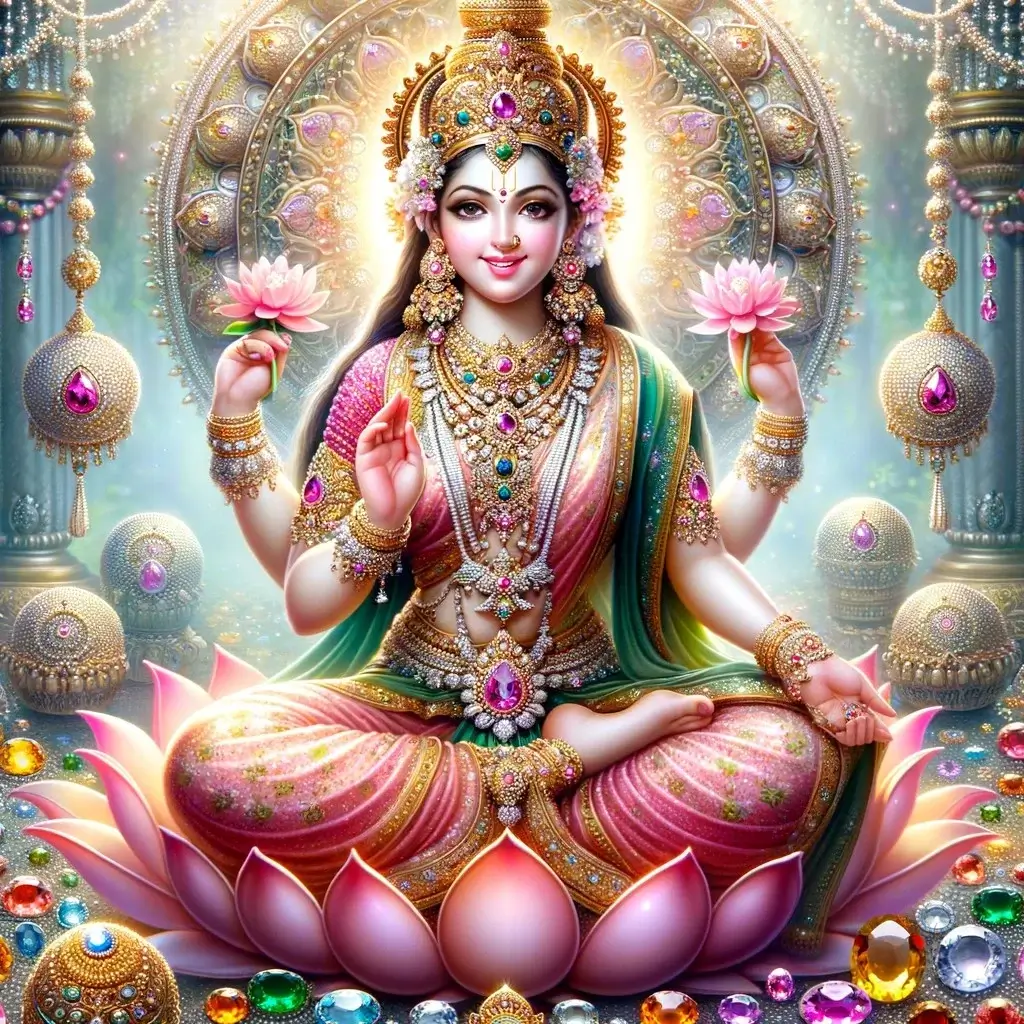
Lakshmi Kavach: The Prosperity-Bringing Rudraksha of 2024
RudraTree: 101-Year Legacy of Rudraksha and Gemstones
